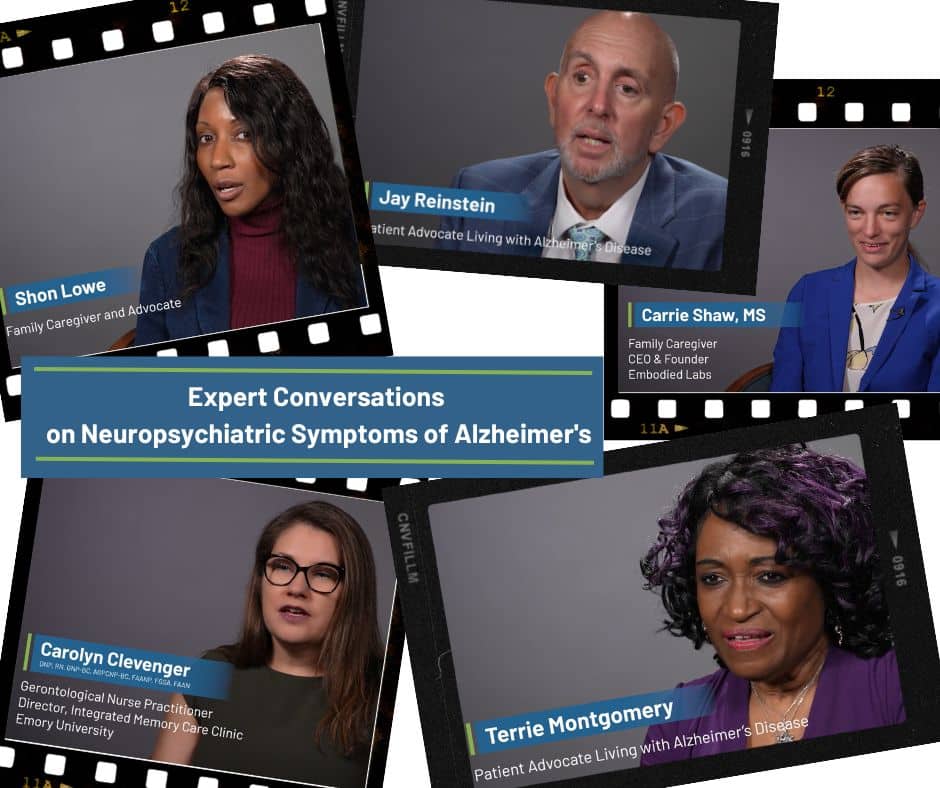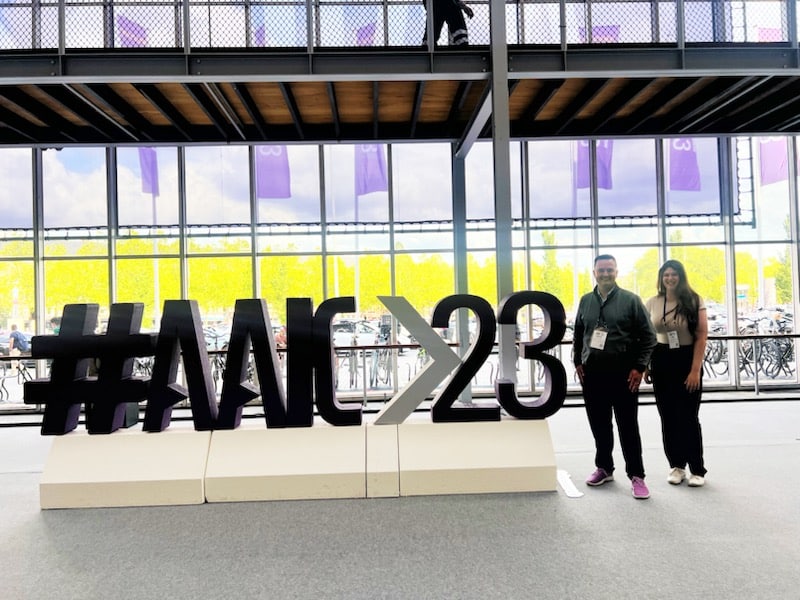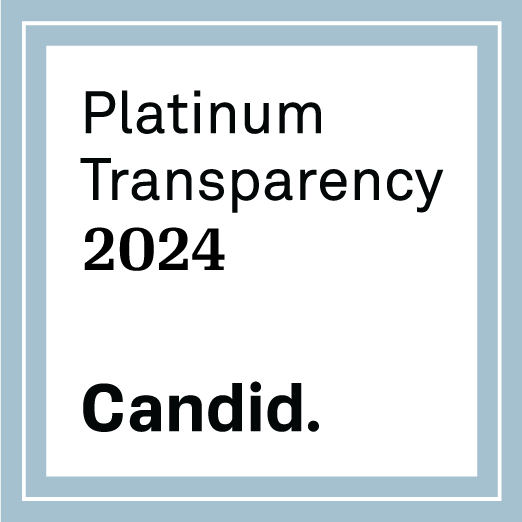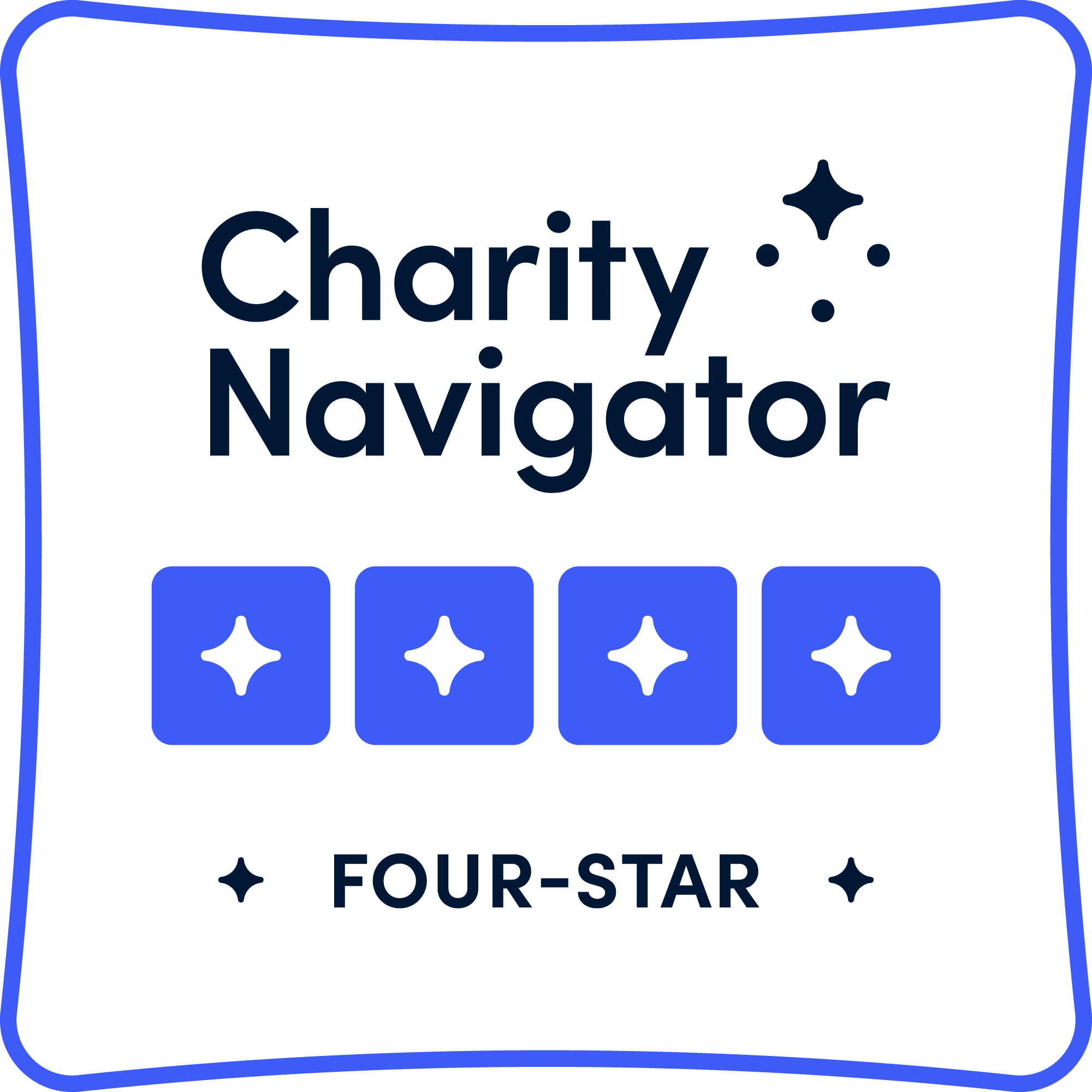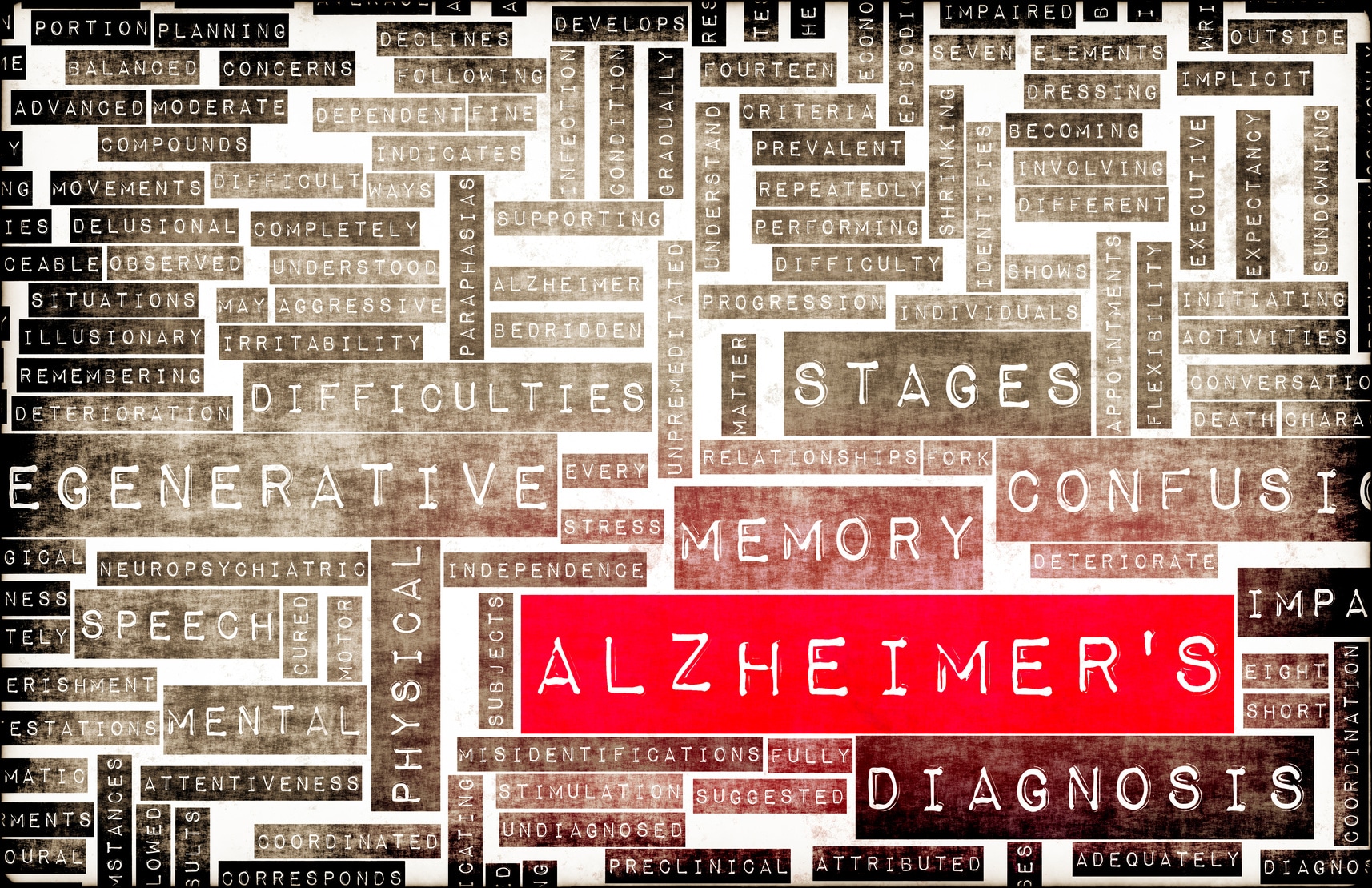
Over the last couple of weeks, the National Institutes of Health has shared several updates about its work surrounding Alzheimer’s disease and dementia.
As the 65 and over population continues to grow, Alzheimer’s will unfortunately also grow. According to the Alzheimer’s Association, the number of people ages 65 and older with Alzheimer’s will increase from 5.3 million today to an estimated 7.1 million by 2025, a 40 percent increase.
The NIH has recognized this trend and has taken action. It has increased funding for Alzheimer’s research in its annual budget, including its FY 2016 request. NIH is also preparing a budget that for the first time will estimate for Congress the costs of reaching the research goals of the National Plan to Address Alzheimer’s Disease.
The Alzheimer’s Disease Research Summit 2015: Path to Treatment and Prevention held in February, and attended by more than 500 experts and advocates, offered a view of the ambitious scientific agenda aimed at treating and preventing the disease by 2025. Noted NIH Director Dr. Francis Collins at the meeting, “I think we’ve entered a new era in Alzheimer’s research. There are new models of collaboration and data sharing. There are fantastic advances scientifically.”
With all that is happening, we are excited about the future of Alzheimer’s research. Through our own ACT-AD Coalition, we seek to accelerate the development of potential cures and treatments to slow, halt, or reverse the progression of Alzheimer’s disease through research.
We will continue to keep you posted on the advances and developments in research into Alzheimer’s.

